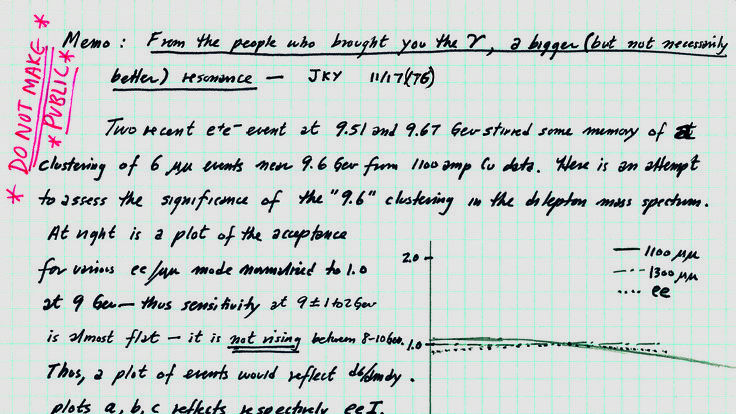Numbers: Pierre Auger Observatory
In November, the Pierre Auger Observatory outside Malargüe, Argentina, celebrates its scientific launch. The observatory will record high-energy cosmic-ray showers with ground-based water tank detectors and air-shower cameras.





